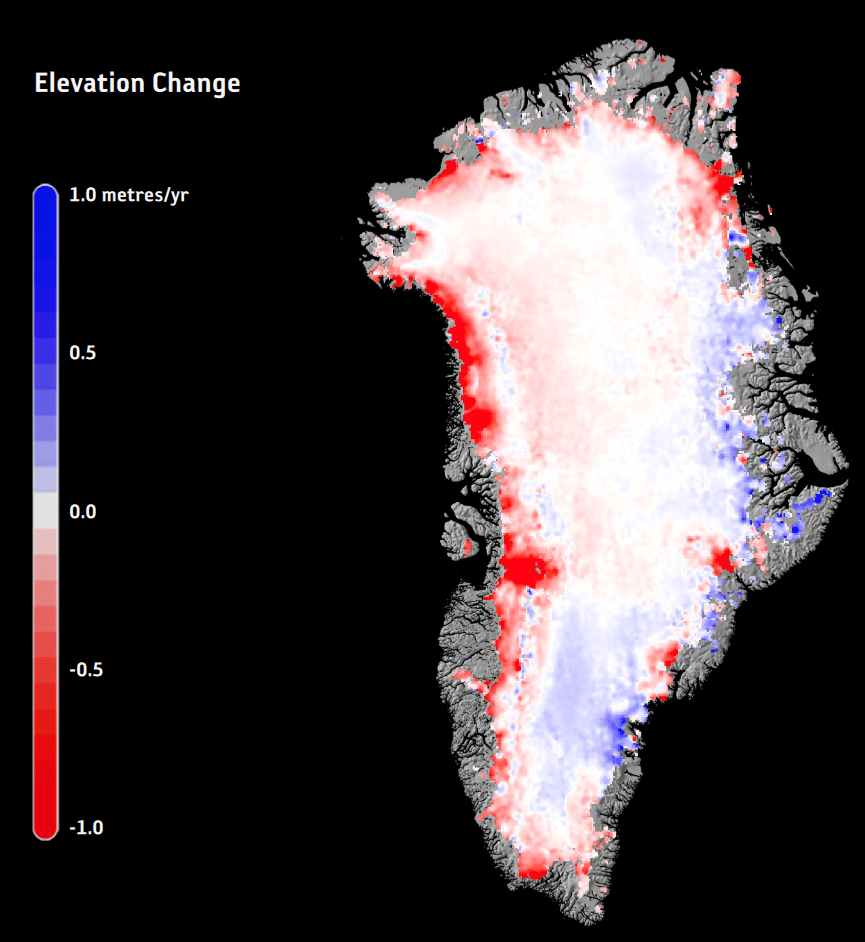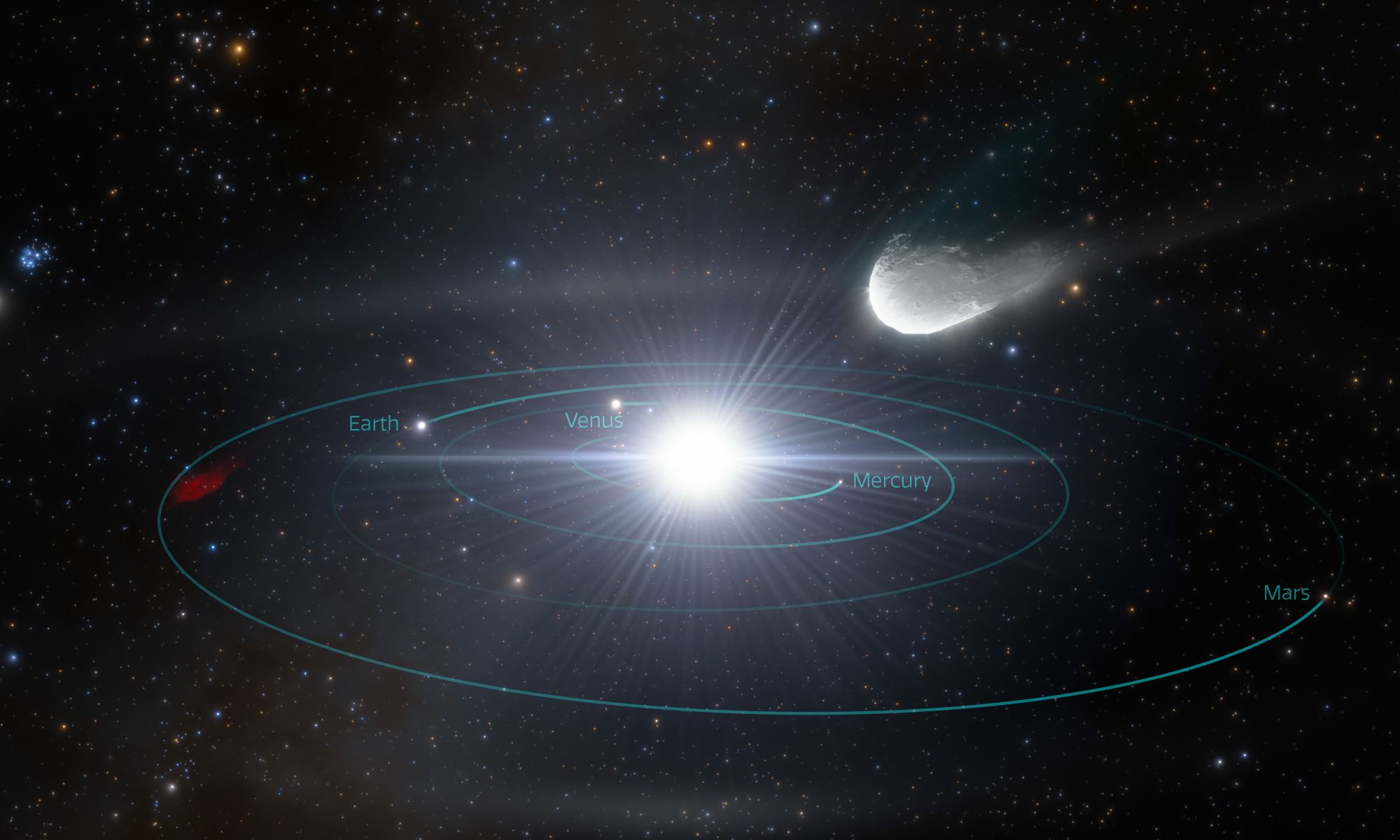I have always found Mariana’s Trench fascinating, it’s like an alien world right on our doorstep. Any visitor to the oceans or seas of our planet will hopefully get to see fish flitting around and whilst they can survive in this alien underwater world they still need oxygen to survive. Breathing in oxygen is a familiar experience to us, we inflate our lungs and suck air into them to keep us topped up with life giving oxygen. Fish are different, they get their oxygen as water flows over their gills. Water is full of oxygen which at the surface comes from the atmosphere or plants. But deep down, thousands of meters beneath the surface, it is not so easy. Now a team of scientists think that potato-sized chunks of metal called nodules act like natural batteries, interacting with the water and putting oxygen into the deep water of the ocean.
Continue reading “A Surprising Source of Oxygen in the Deep Sea”A Surprising Source of Oxygen in the Deep Sea










